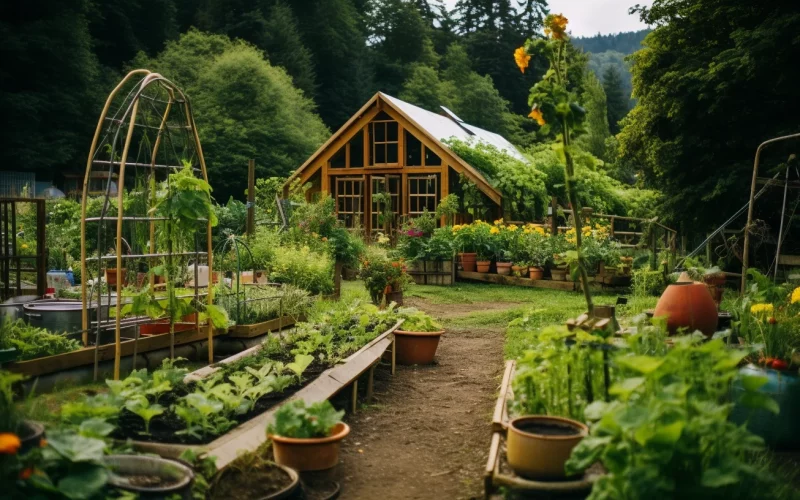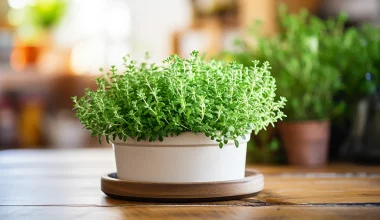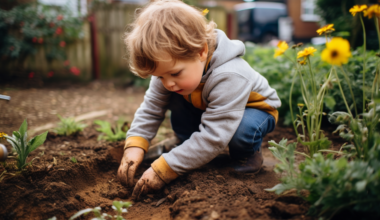Permaculture is more than just a buzzword in the gardening community; it’s a philosophy and an approach to land management that adopts arrangements observed in flourishing natural ecosystems. Many are asking, “What is Permaculture?” and seeking guidance on how to implement these principles into their own gardens and landscapes. This guide aims to answer that question and shed light on the principles and practices that define Permaculture.
1. Introduction: What is Permaculture?
Permaculture is a design system for creating sustainable human environments. It’s about harmonizing with natural cycles and patterns, utilizing resources efficiently, and fostering greater self-sufficiency.
2. The Three Core Ethics of Permaculture
a. Care for the Earth
This principle emphasizes respecting all life forms and using resources in a way that promotes ecological balance.
b. Care for People
Focusing on community needs and promoting social equity is central to Permaculture.
c. Fair Share
This encourages limiting consumption to what is necessary and redistributing surplus to benefit others and the earth.
3. The Twelve Principles of Permaculture Design
These principles provide a framework for implementing Permaculture practices:
- Observe and Interact: Understanding your environment through observation.
- Catch and Store Energy: Utilizing natural energy and resources efficiently.
- Obtain a Yield: Ensuring that the system produces enough to meet needs.
- Apply Self-Regulation and Accept Feedback: Learning from the system’s successes and failures.
- Use and Value Renewable Resources: Encouraging practices that preserve resources.
- Produce No Waste: Utilizing everything to its fullest extent and recycling.
- Design from Patterns to Details: Looking at the broader system before focusing on specific elements.
- Integrate Rather Than Segregate: Creating relationships between elements for greater efficiency.
- Use Small and Slow Solutions: Focusing on small, sustainable changes over time.
- Use and Value Diversity: Embracing various elements to create resilience.
- Use Edges and Value the Marginal: Utilizing the margins of a system where diversity and innovation thrive.
- Creatively Use and Respond to Change: Adapting to changes in the environment.
4. Implementing Permaculture in Your Garden
a. Analyzing Your Space
Understanding the climate, soil, water availability, and other factors is crucial to implementing Permaculture practices.
b. Choosing the Right Plants and Animals
Select plants and animals that suit the environment and benefit each other.
c. Water Conservation
Implement techniques like rainwater harvesting and greywater recycling.
d. Soil Building
Focus on composting, mulching, and other practices to enhance soil quality.
5. Permaculture in the Community
Permaculture isn’t limited to individual gardens; it can also be applied to community projects, promoting sustainable living on a larger scale.
6. Learning Opportunities
Several courses, workshops, and books provide comprehensive learning about what is Permaculture and how to apply it.
7. Conclusion: Embracing Permaculture
Understanding what is Permaculture leads to a profound shift in how we view our relationship with the earth and our community. By embracing its ethics and principles, we create resilient, productive systems that benefit not only ourselves but the broader environment.
Permaculture transcends conventional gardening, promoting a sustainable way of living that is in tune with nature. It encourages us to rethink how we use resources and interact with our environment, leading to a more harmonious, responsible, and enriching existence.
Whether you’re an experienced gardener or just starting, Permaculture offers a rewarding pathway to sustainable gardening practices. Its principles can be applied at any scale, offering an exciting and fulfilling approach to gardening and life.






